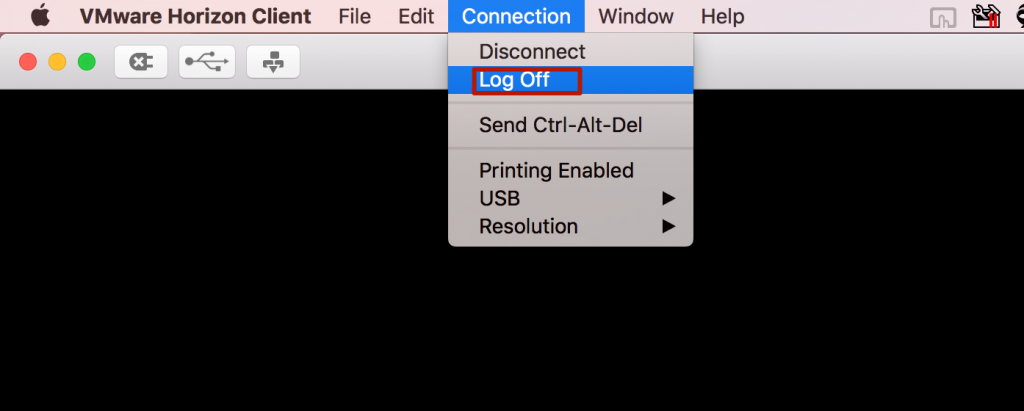When finished working (and after saving your work to a cloud location) click on the Combination Key icon located in the banner at the top of the screen, select Ctrl+Alt+Del in the menu that appears, and then click SIGN OUT. Launch the VMware Horizon Client app; Double click the neisdvdi.neisd.net cloud icon. VMs on the CTRLALT+Delete screen, respond to the ctrl+alt+delete command, but after I enter a set of credentials (AD Credentials and local admin credentials), I get stuck on the welcome screen. So that's issue #1, which I think is tied to issue #2. Ctrl-O Open a virtual machine. Ctrl-F4 Close the summary/console view for the selected virtual machine. A confirmation dialog appears only if the virtual machine is powered on. Ctrl-D Edit the virtual machine's configuration. Ctrl-G Grab input from keyboard and mouse. Ctrl-P Edit preferences. Ctrl-Alt-Enter Go to full screen mode. If you switch to a Mac after becoming familiar with Windows, you'll quickly find that the standard Ctrl+Alt+Delete shortcut doesn't do anything. Mac OS X does have its own version of the Task Manager, but it's a bit different than Windows', and you access it by pressing Command+Option+Esc.
Welcome to VMware Fusion® documentation. Use the navigation on the left to browse through documentation for your release of VMware Fusion. We update the online documentation with the latest point release information. For example, version 10 contains all the updates for 10.x releases. All our documentation comes in PDF format, which you can access by selecting the PDF download icon while reading a page or viewing a search result.
If you want to learn more about what Fusion does and how it can help you run your Windows and Linux applications on your Intel-based Mac, visit the Fusion product page. Microsoft word and excel for mac. To view or ask questions about Fusion, visit the VMware Fusion Community.

